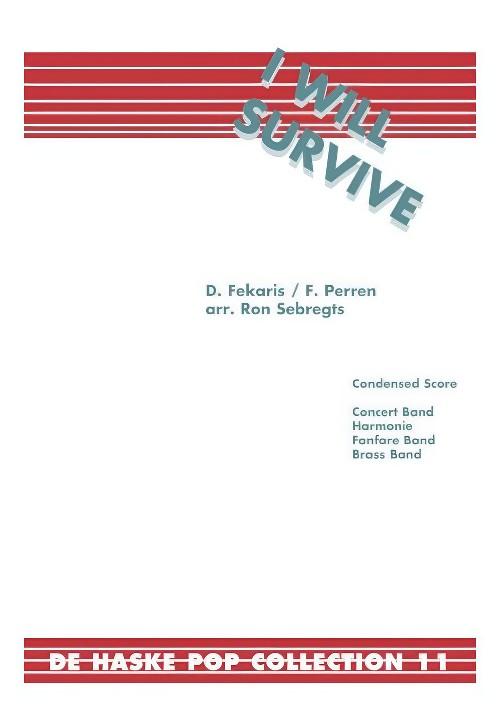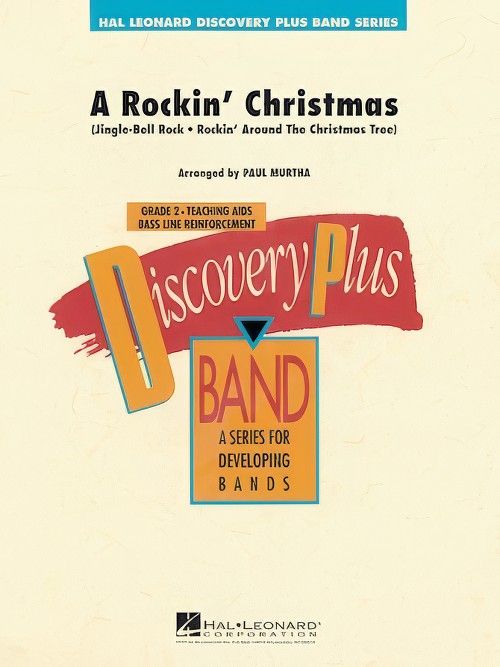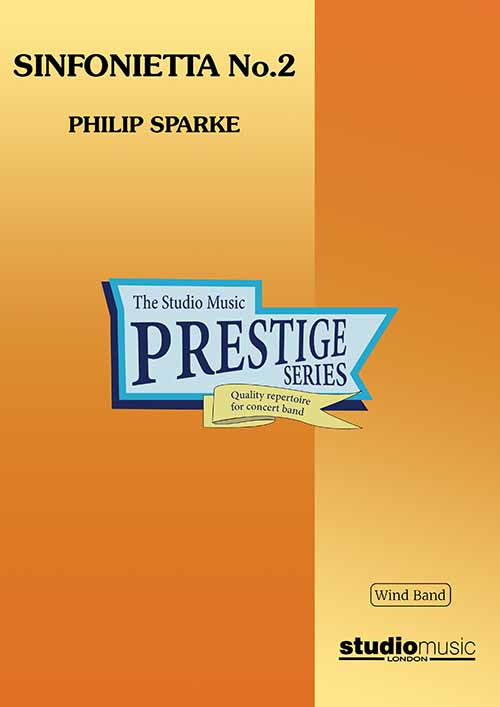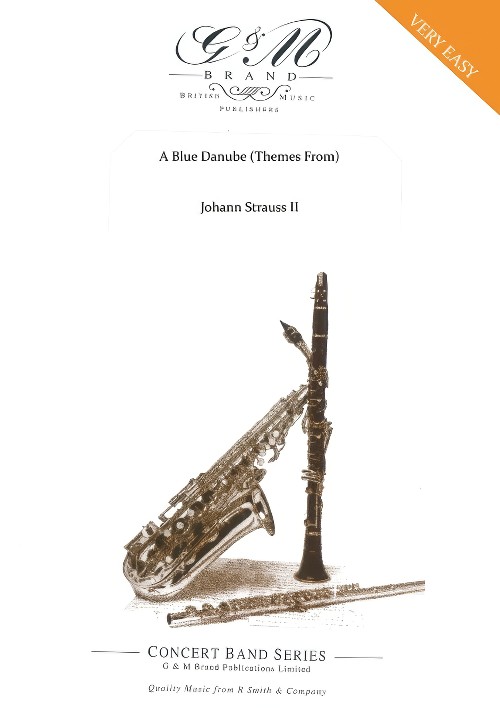Results
-
 £76.99
£76.99I Will Survive (Concert Band - Score & Parts) - Fekaris & Perren - Sebregts, Ron
This classic disco hit was released by Gloria Gaynor in 1978. Following massive airplay it reached number one in pop charts around the world and in 1980 received a Grammy for Best Disco Recording. Since then it has appeared in many films and television programs and has been adopted by many causes such as HIV/AIDS awareness and the campaign for women's rights. It is also the 'stadium anthem' for the Dutch football team Feyenoord. Ensure your audience leaves any concert in an upbeat mood with this disco masterpiece.Duration: 3:30
Estimated dispatch 7-14 working days
-
 £53.50
£53.50A Rockin' Christmas (Concert Band - Score and Parts) - Murtha, Paul
Two perennial favourites make this clever medley a natural choice for your Christmas season. Jingle Bell Rock and Rockin' Around The Christmas Tree are combined with an easy pop style, arranged by Paul Murtha.
Estimated dispatch 7-14 working days
-
 £164.95
£164.95Sinfonietta No.2 (Concert Band - Score and Parts) - Sparke, Philip
Commissioned by the National Youth Orchestra of Great Britain and first performed by them on 6th August 1992.1. Overture: VivaceA bustling opening movement in sonata form. After an introduction in which a syncopated theme is tossed around the band, the first subject proper gives way to a more legato second theme. A scherzando bridge passage leads to the recapitulation.2. Serenade: Lento ExpressivoA short introduction leads to a sonorous theme from the middle of the band. A slightly more rhythmic central 5/8 section leads to a short cadenza-like duet for two alto saxes which reintroduces the opening of the movement.3. Finale: Molto VivaceA fast and furious finale which fails to settle long enough for a real theme to develop as motivic ideas are thrown from player to player. Eventually a violently syncopated tune emerges from the middle of the band but this is interrupted by a reflective interlude. In time the faster music returns and the movement hurtles to a close.Duration: 16.10Recorded on QPRM124D MIGHTY VOICE, Great British Music for Wind Band Vol.3
Estimated dispatch 7-14 working days
-
 £32.95
£32.95Sinfonietta No.2 (Concert Band - Score only) - Sparke, Philip
Commissioned by the National Youth Orchestra of Great Britain and first performed by them on 6th August 1992.1. Overture: VivaceA bustling opening movement in sonata form. After an introduction in which a syncopated theme is tossed around the band, the first subject proper gives way to a more legato second theme. A scherzando bridge passage leads to the recapitulation.2. Serenade: Lento ExpressivoA short introduction leads to a sonorous theme from the middle of the band. A slightly more rhythmic central 5/8 section leads to a short cadenza-like duet for two alto saxes which reintroduces the opening of the movement.3. Finale: Molto VivaceA fast and furious finale which fails to settle long enough for a real theme to develop as motivic ideas are thrown from player to player. Eventually a violently syncopated tune emerges from the middle of the band but this is interrupted by a reflective interlude. In time the faster music returns and the movement hurtles to a close.Duration: 16.10Recorded on QPRM124D MIGHTY VOICE, Great British Music for Wind Band Vol.3
Estimated dispatch 7-14 working days
-
 £94.99
£94.99Overture to a Winter Festival (Concert Band - Score and Parts) - Curnow, James
A great addition to the list of large-scale holiday pieces worth working on! James Curnow borrows snippets of various holiday songs and carols and develops them into larger, more original statements. The result is a challenging and captivating concert work that you can build your holiday program around. Includes optional, off-stage brass quartet parts.Duration: 7.30
Estimated dispatch 7-14 working days
-
 £109.99
£109.99Joy of Music (Concert Band - Score and Parts) - Hadermann, Jan
Jan Hadermann is a renowned Belgian composer who's cheerful tunes are known around the world.Duration: 7:30
Estimated dispatch 7-14 working days
-
 £44.95
£44.95A Blue Danube (Themes From) (Concert Band - Score and Parts) - Johnson, Stuart
Probably the most famous and easily recognized Viennese waltz,?The Blue Danube?will have your students and audience members dancing around the room in no time!
Estimated dispatch 7-14 working days
-
 £8.95
£8.95A Blue Danube (Themes From) (Concert Band - Score Only) - Johnson, Stuart
Probably the most famous and easily recognized Viennese waltz,?The Blue Danube?will have your students and audience members dancing around the room in no time!
Estimated dispatch 7-14 working days
-
 £104.95
£104.95The Forest of Arden (Concert Band - Score and Parts) - Lloyd, George
This symphonic sketch for concert band is packed full different motives thrown around the ensemble hinting at the programmatic leitmotifs of Wagner. Every section of the ensemble gets a workout in this delightful 10-minute work.
Estimated dispatch 7-14 working days
-
 £20.95
£20.95The Forest of Arden (Concert Band - Score Only) - Lloyd, George
This symphonic sketch for concert band is packed full different motives thrown around the ensemble hinting at the programmatic leitmotifs of Wagner. Every section of the ensemble gets a workout in this delightful 10-minute work.
Estimated dispatch 7-14 working days
